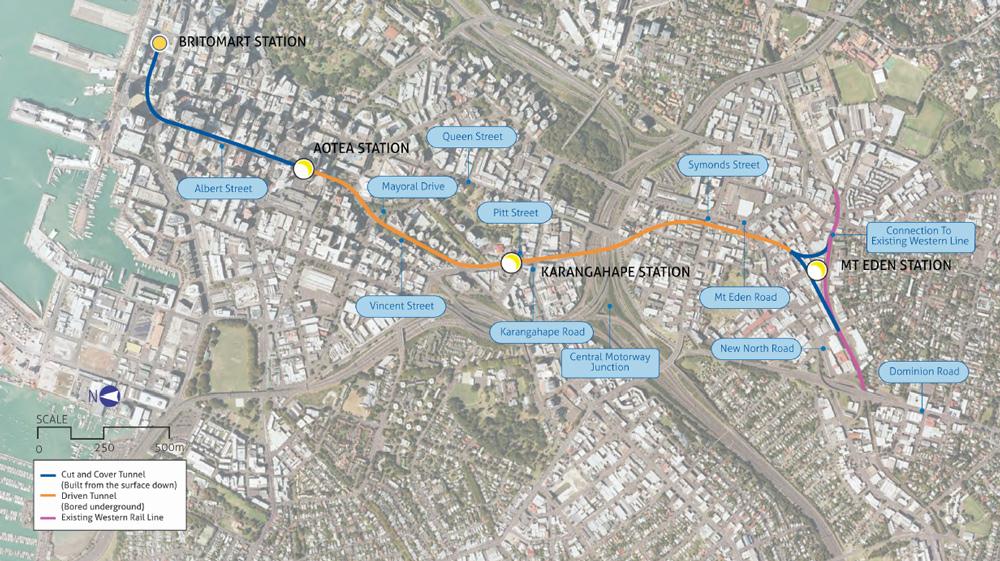6.
Monitoring requirements 6.1 Dust monitoring
The overall approach to dust control for the Mt Eden Enabling Works is based on visual monitoring combined with targeted ambient dust monitoring; good management of the construction areas; and a rapid response to any of the triggers outlined in Sections 6.3.2 or 6.3.4, or complaints received. Good practice focusing on proactive measures will aid in avoiding significant dust emissions, however if dust emissions do occur, the monitoring will help to identify such occurrences and enable a prompt response.
6.2 Visual inspection and monitoring methods Visual monitoring of all construction areas will be undertaken by the Environmental and Sustainability Manager (or delegated person) on a daily basis, or more frequently if conditions change. This type of monitoring relates to the control measures described in Section 5 of this AQ DWP and will include proactive measures to avoid dust emissions. Table 6-1 below describes the visual dust monitoring activities to be undertaken during construction. Outcomes of visual inspections are to be recorded in the Air Quality Log (log sheet template provided in Appendix E). Table 6-1: Visual dust monitoring programme
Monitoring activity
Frequency
Check weather forecasts for strong winds and absence of rainfall to plan appropriate work schedule and dust management response.
Daily
Inspect land adjacent to the site, construction exits and adjoining roads for the presence of dust deposition and/or accumulation of dust material.
Twice daily
During repainting works at the apartment blocks at 10 Ruru Street inspect Nikau Street boundary for signs of visible dust emissions towards apartment blocks
Twice daily during repainting works at the apartment blocks at 10 Ruru Street
Observe weather conditions including wind and rain via observations and data outputs from weather stations.
Daily and as conditions change
Inspect all exposed un-stabilised surfaces for dampness and that the extent of those areas is being minimised.
Daily and as conditions change
Inspect stockpiles to ensure enclosure, covering, stabilisation or dampness. Ensure stockpiles are no greater than a combined 24 m3 and less than 3 m in height where possible or appropriate.
Daily and as conditions change
Inspect dust generating activities to ensure dust emissions are effectively controlled.
Daily and as new activities are commenced
Inspect watering systems (sprays and water carts) to ensure equipment is maintained and functioning to effectively dampen exposed areas.
Weekly
Monitor dust generating activities and water application rate.
In winds over 5 m/s (1-hour average)
Check for dust on local roads being used to access the site.
Daily
Inspect any wheel wash equipment to ensure effective operation and that sediment laden water is not being tracked off site by vehicles.
Weekly
Page 26 | Mt Eden Enabling Works



